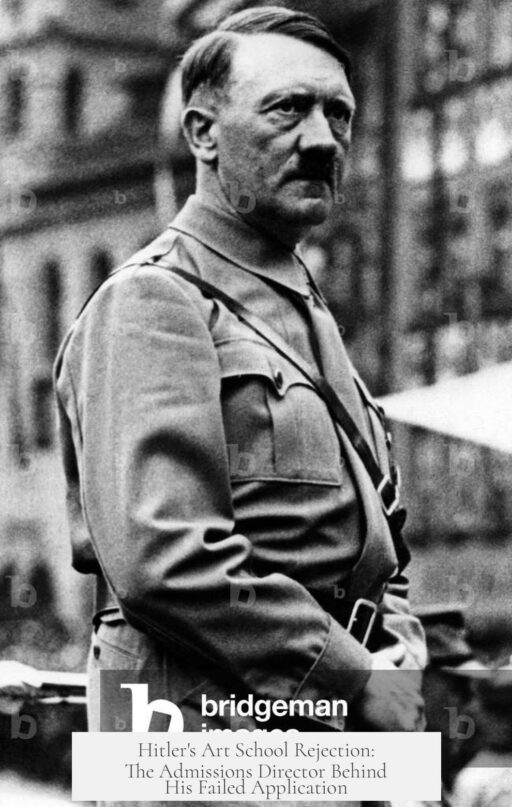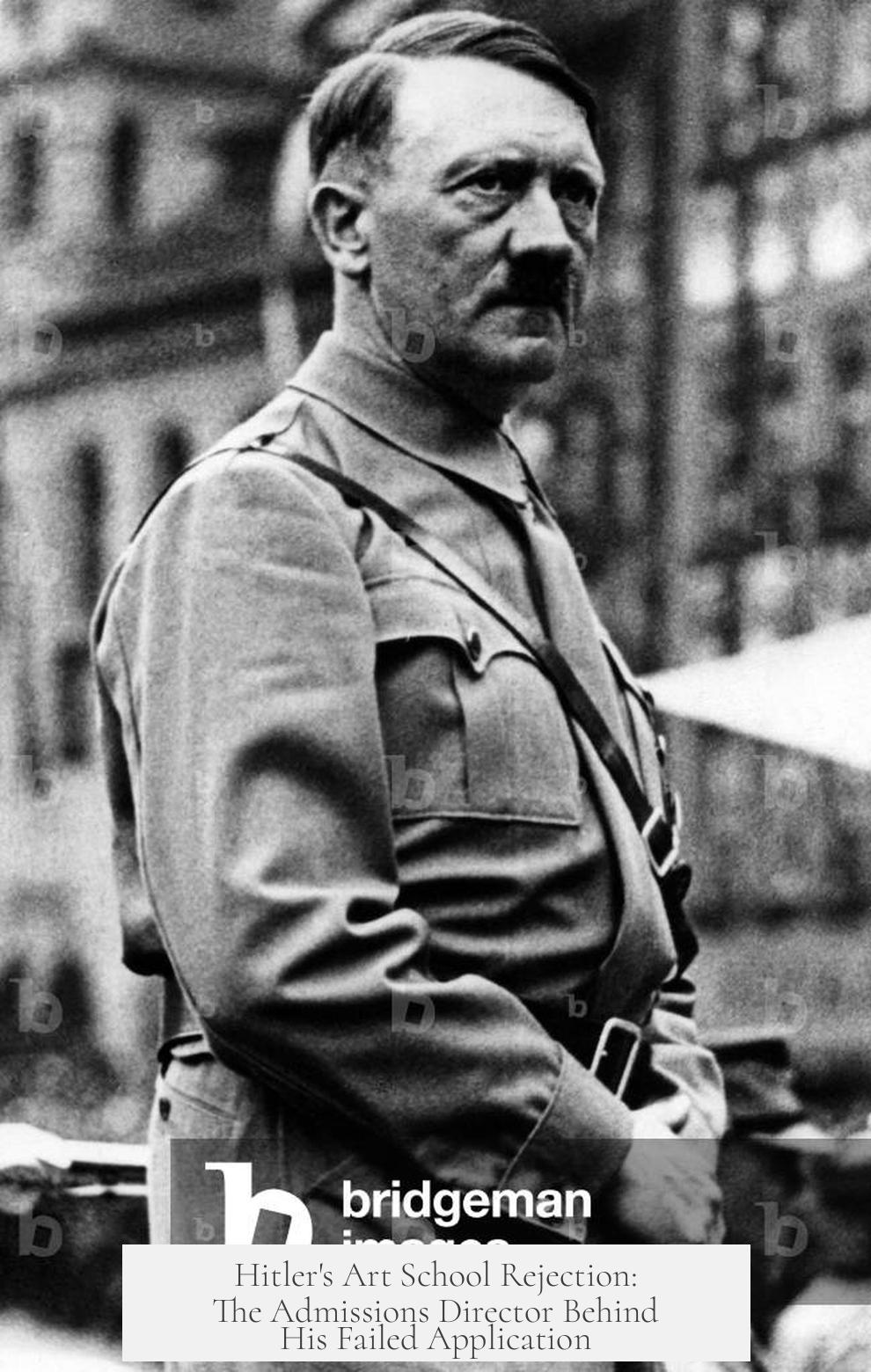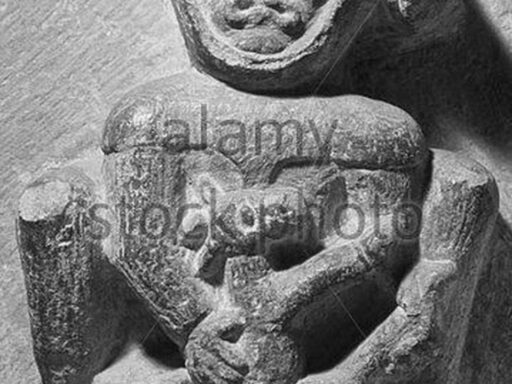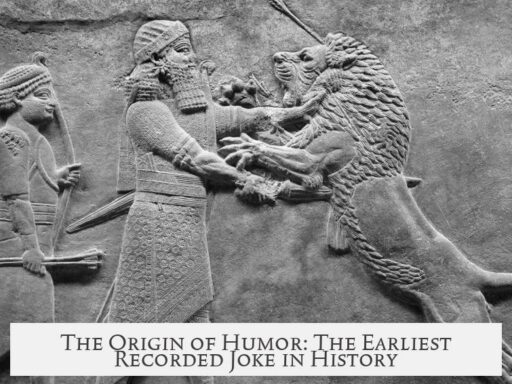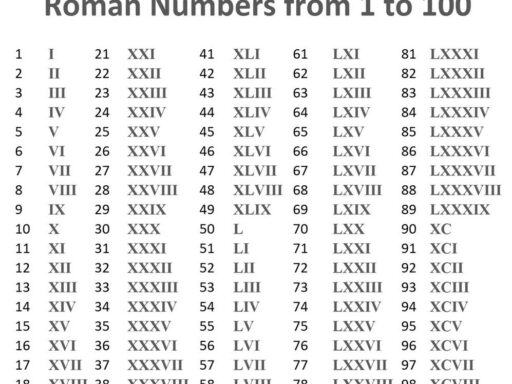Adolf Hitler did not gain acceptance into the Academy of Fine Arts Vienna mainly because his artwork did not meet the institution’s standards, especially his insufficient depiction of human figures, as evaluated by Christian Griepenkerl, the director of one of the academy’s painting schools responsible for admissions decisions at the time. Griepenkerl’s assessment pointed out that Hitler’s submissions focused heavily on buildings and landscapes but lacked the human subjects the academy prioritized, which significantly contributed to his rejection.
Hitler applied twice. His first attempt was in 1907, when art admission was competitively tough. Out of 112 applicants, 33 failed the initial exam; although Hitler passed the first round, he ranked only mid-tier in the subsequent rounds and failed to reach the final passing group of 28. His second application in 1908 ended similarly. The academy’s rigorous process demanded strong skills particularly in figure drawing, which Hitler lacked.
Christian Griepenkerl played a crucial role in Hitler’s failure to gain admittance. Griepenkerl, a former student of the painter Carl Rahl, focused on historical and figurative painting. His artistic values emphasized portraiture and mythology, precisely the areas Hitler’s work did not address. Although Griepenkerl was not the overall rector of the Academy, he held significant influence over admissions decisions specifically for the painting school. He criticized one of Hitler’s submitted drawings as “unsatisfactory” due to “too few heads,” clearly pointing to the lack of human figures required.
Interestingly, Griepenkerl advised Hitler to pursue architecture rather than fine arts, reflecting perhaps that his talent better suited architectural drawing. This suggestion also aligned with university requirements, as architecture in German-speaking countries demanded a background from a Gymnasium (academic secondary school). Hitler, however, had only completed Realschule, a less academic track, which disqualified him from entering architecture studies regardless of his interest or skill. Thus, even if Hitler had followed this recommendation, institutional educational barriers stood in his way.
Beyond artistic and educational issues, Hitler also faced financial constraints. After his mother died in 1907, he relied on a modest orphan’s pension (waisenpension), which ran out within two years. These economic difficulties would have made sustaining enrollment at any higher education institution challenging, even if he had been accepted. This practical limitation further compounded his struggles to pursue art studies seriously.
Following the first rejection, Hitler’s social circle tried to support him. Alfred Roller, a professor at the Vienna Academy of Applied Arts, invited Hitler for an interview with a portfolio submission opportunity. However, Hitler never attended this meeting, effectively foregoing an alternative path into the arts. This lack of follow-through suggests a waning commitment or disappointment after initial failures.
Historical records on Hitler’s attempt to enter art school are limited and partially contradictory. Much information emerges from his own autobiographical work, Mein Kampf, which is widely considered self-serving and unreliable. Additional insight comes from memoirs of his teenage friend August Kubizek, written decades later. Hitler’s complaints about his rejections were general, blaming schoolmasters but never naming Griepenkerl or the academy explicitly, indicating possible lasting resentment but no direct recorded hostility towards the admitting authorities.
In sum, Hitler’s rejection from art school was multifaceted:
- His artwork prioritized architectural elements over human figures, conflicting with the academy’s stylistic standards.
- Christian Griepenkerl, a key painting school director, led the evaluation and rejected Hitler’s submissions formally.
- Griepenkerl suggested architecture studies, but Hitler lacked the necessary academic credentials to pursue that path.
- Financial limitations undermined his ability to sustain any long-term formal education.
- He ranked insufficiently high in competitive admission rounds to qualify for acceptance.
- He missed alternative opportunities arranged by other art instructors.
- Records about these events are scarce and rely heavily on possibly biased sources.
| Aspect | Details |
|---|---|
| Artistic Evaluation | Artwork lacked human figures; focused on buildings/landscapes |
| Admissions Director | Christian Griepenkerl, painting school director overseeing admissions |
| Alternative Recommendation | Pursue architecture; required Gymnasium education which Hitler lacked |
| Financial Constraints | Limited funds after mother’s death; orphan pension ended |
| Competition Results | Hitler passed first exam, ranked mid-level, failed final round |
| Follow-Up Opportunities | Did not attend interview arranged by Alfred Roller at Applied Arts Academy |
Hitler’s failure to gain entry to the Vienna Academy of Fine Arts is a documented fact linked to artistic shortcomings, educational barriers, and financial hardship, rather than any single personal vendetta by admissions personnel. Christian Griepenkerl was the chief figure who assessed and rejected Hitler’s applications formally but acted within academic norms.
- Hitler was rejected due to inadequate artistic focus on human figures.
- Christian Griepenkerl directed painting school admissions and made the decision.
- Griepenkerl recommended architecture, but Hitler lacked required education.
- Financial issues further complicated study possibilities.
- Hitler ranked low amidst competitive applicants and failed final exams.
- Alternative support was offered but not pursued.
- Historical records remain limited and partly unreliable.
Why Did Hitler Not Get Accepted into Art School? Do We Know Who the Admissions Director Was Who Made This Decision?
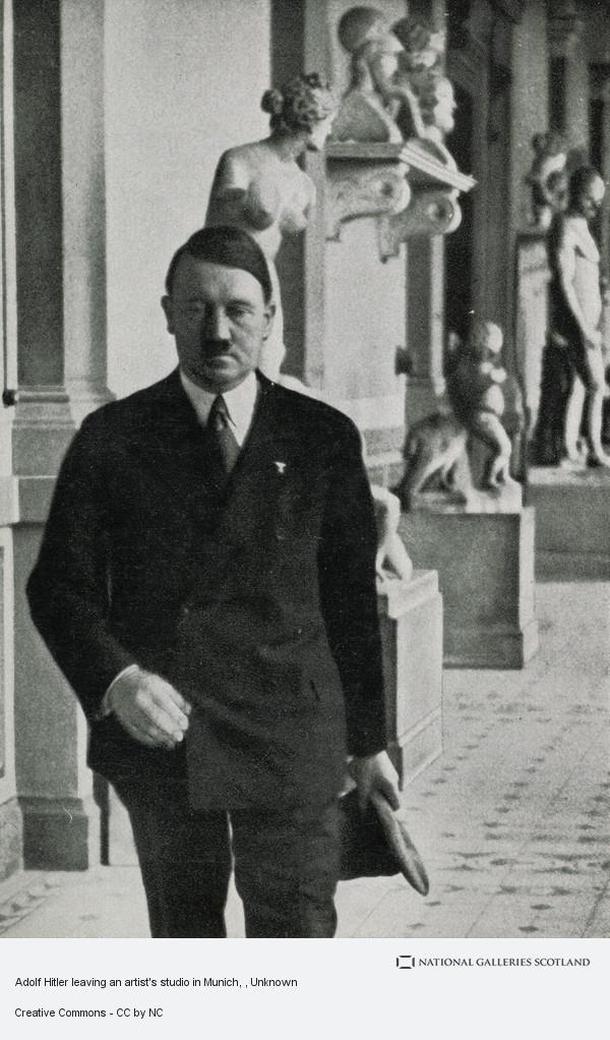
The simple answer is this: Adolf Hitler got rejected from the Vienna Academy of Fine Arts primarily because his artistic style didn’t meet the school’s standards—specifically, he did not focus enough on human figures, favoring buildings and landscapes instead. The key figure behind this decision was Christian Griepenkerl, a painting school director at the Academy, known for his strict focus on traditional portraiture and historical subjects. The rejection also boiled down to Hitler’s middling ranking among applicants, his incomplete educational background for architecture, and financial troubles that would have hampered his study even if accepted.
Sounds straightforward, right? But the story behind this rejection is a fascinating peek into the crossroads of a man who would alter history dramatically, and a gatekeeper who probably never imagined the significance of his decision.
Christian Griepenkerl: The Gatekeeper with a Specific Vision
So, who exactly was the man responsible for turning down Adolf Hitler? The figure standing at the admissions desk was Christian Griepenkerl, a professor and director of one of the painting schools in the Akademie der bildenden Künste Wien (Vienna Academy of Fine Arts).
Griepenkerl wasn’t just any art teacher—he was a staunch believer in classical artistic traditions. His own artwork leaned heavily into portraiture and mythology, glorifying human subjects and historical themes. In other words, he was a guy who wanted to see faces, bodies, real people, emotions—stuff Hitler’s submitted paintings didn’t have enough of.
As Brigitte Hamann notes in Hitler’s Vienna: A Dictator’s Apprenticeship, Griepenkerl dismissed a submitted painting from Hitler bluntly: “Sample drawing unsatisfactory. Too few heads.”
The phrase “too few heads” is a polite way of saying: your paintings don’t show enough people, and that’s a big problem for us.
Griepenkerl was not the Rector of the Academy but held significant sway over admissions decisions to the painting school focused on historical works. His judgment was crucial—if he didn’t like what he saw, typically admission was out of reach.
Hitler’s Application and Artistic Style: Where It Went Wrong
Hitler’s portfolio was dominated by buildings, cityscapes, and landscapes—his true passion. But when the Academy sought students, especially under Griepenkerl’s watch, they expected a broader mastery with a focus on the human form. Think: portraits, detailed figures, mythological and historical paintings—traditional stuff.
This mismatch is essentially why Hitler’s application was rejected. It wasn’t that he was totally talentless; he passed the first rounds of admissions when hundreds were knocked out. But in the final cut, his works simply didn’t fit the Academy’s criteria or the director’s taste.
He found himself “middle of the pack” in a tough competition that started with over 100 applicants. His artistic approach wasn’t necessarily worse, just less aligned with the Academy’s goals.
More Than Art: Education and Money
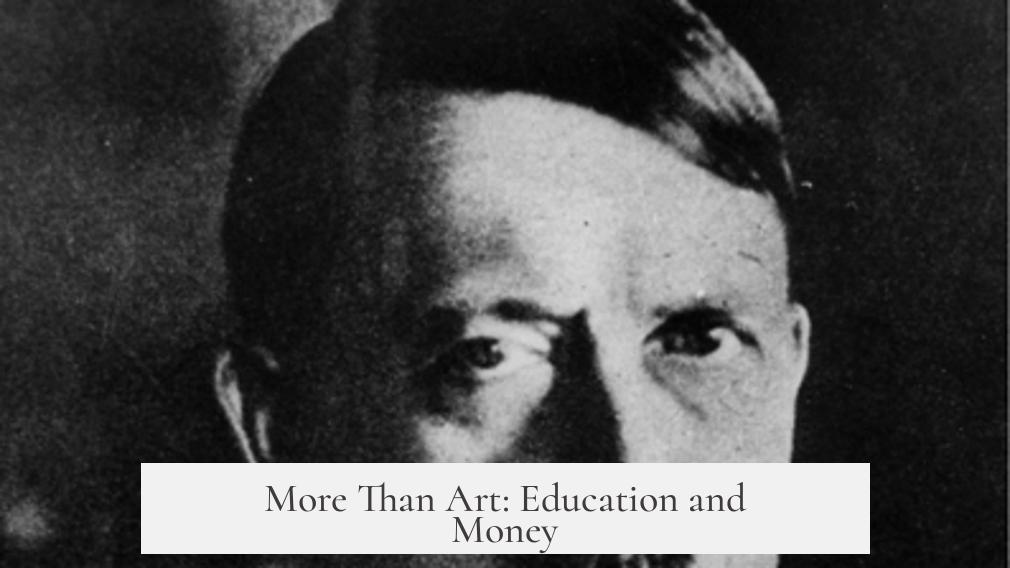
There’s more than style behind the story. Hitler’s educational background limited his options. He had attended a Realschule (a more technical secondary school), not a Gymnasium, which was needed to enroll into architecture studies. Griepenkerl quite pragmatically recommended he study architecture instead of fine arts, suggesting his architectural sketches and perspective work showed promise.
However, lacking the proper secondary education meant Hitler wasn’t eligible for the architecture program either—rules are rules in academia.
To add fuel to the fire, Hitler’s financial situation was grim. After his mother died in 1907, he ran out of funds by 1909, living on a small orphan’s pension (waisenpension). Even if admitted, sustaining studies at a prestigious Viennese academy would have been nearly impossible.
Did Hitler Ever Get Another Chance?
Interestingly, after being turned down, Hitler wasn’t entirely left without allies. Alfred Roller, a professor at the Vienna Academy of Applied Arts, got involved through contacts in Linz. Roller asked Hitler to bring a portfolio for an interview, potentially offering an alternative path. However, Hitler famously never showed up, perhaps disillusioned or simply uninterested in detours.
This failure to pursue further opportunities raises questions. Was he bitter? Unmotivated? Or simply set on a course that rejected conventional paths to success? Whatever the cause, it marked the end of his formal attempts at art education.
The Reliability of the Historical Record
Pinning down details is tricky here—documentary evidence on the matter is sparse and often secondhand. Much comes from Hitler’s own writings in Mein Kampf, which are widely considered biased and unreliable. Another source is the memoirs of August Kubizek, Hitler’s teenage friend, written decades later.
Notably, Hitler grumbled about schoolmasters, but didn’t explicitly blame Griepenkerl or the Vienna Academy by name. This vagueness in his complaints leaves historians to piece together the story from limited evidence, but consensus holds that the rejection centered around artistic style and credentials.
What Can We Learn from This Rejection?
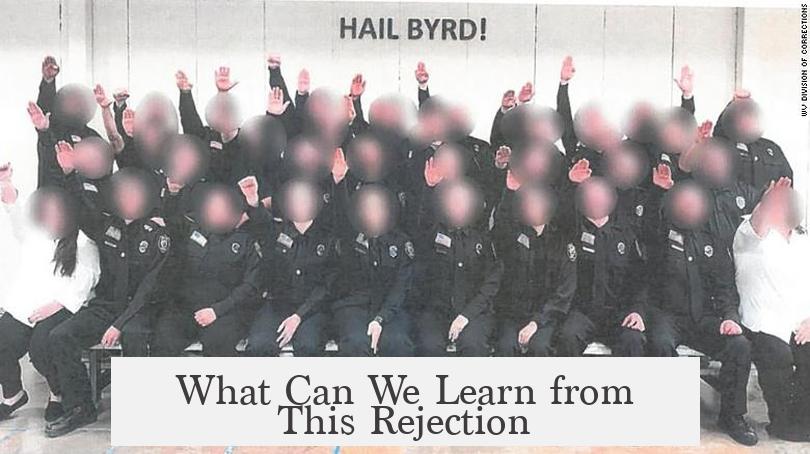
Here’s where this story gets more than just a historical footnote:
- Artistic fit matters. Your passion isn’t always the same thing as what others value.
- Educational prerequisites are crucial. Even with talent, lacking foundational qualifications can block your dream path.
- Financial and social support impact opportunities. Without resources, even acceptance can be a hollow victory.
- Gatekeepers have power. Griepenkerl shaped not only an artist’s career but indirectly, history as we know it.
Was Griepenkerl justified? Probably, if judged by conventional standards of art education of the time. But hindsight is cheeky—who knows what the world would look like if Hitler had been let into art school and become a humble painter instead?
Summary Table: Why Hitler Didn’t Get Accepted and Who Made the Call
| Reason | Details |
|---|---|
| Artistic Style | Hitler’s works lacked human figures; preferred buildings and landscapes. Griepenkerl disliked this focus. |
| Admissions Director | Christian Griepenkerl, director of a painting school at Vienna Academy (not Rector), oversaw rejection. |
| Educational Background | Hitler attended Realschule, not Gymnasium. Therefore, ineligible for architecture studies. |
| Financial Difficulties | After mother’s death, Hitler lacked funds to attend higher education long-term. |
| Competition | Out of 112 applicants, Hitler passed early rounds but ranked only mid-level, missing final cut. |
| Alternative Opportunities | Dismissed offers like Alfred Roller’s interview due to personal choice or discouragement. |
Final Thoughts: A Brush with History That Might Have Changed Everything
Hitler’s rejection from art school isn’t just about a failed artist. It’s a crucial historical pivot point, shaped largely by Christian Griepenkerl’s artistic and academic criteria. The rejection underscores how subjective gatekeepers and educational systems can influence lives. It invites us to question—how many lives hang in balance on such decisions?
Could a different decision at the admissions desk have averted the dark chapters of history? Or was this rejection one thread in a much more tangled tapestry?
One thing is sure: the story highlights the power and limits of formal education, and reminds us that sometimes what looks like failure is the prelude to something far bigger, for better or worse.
